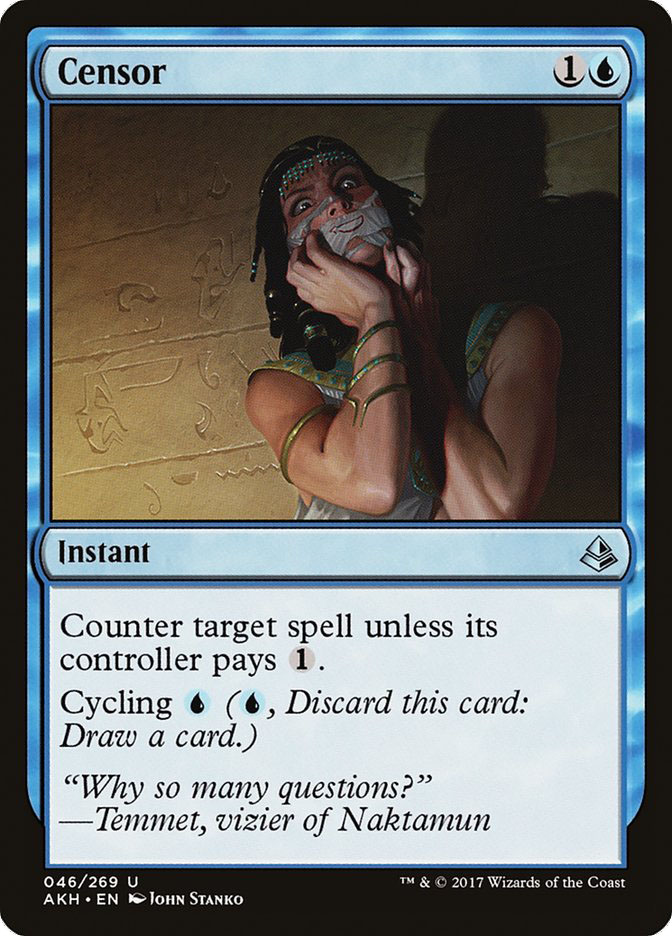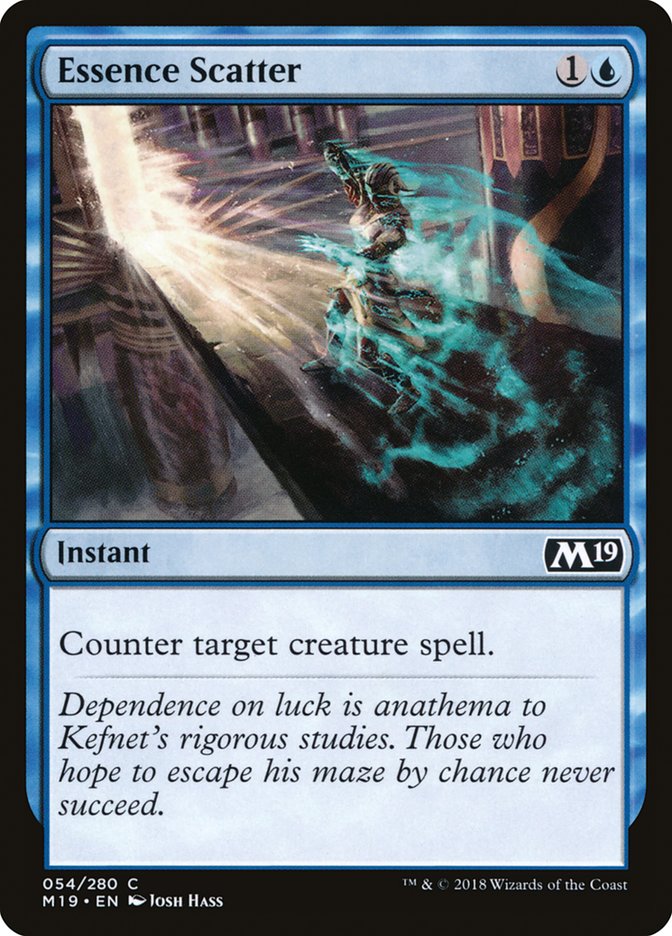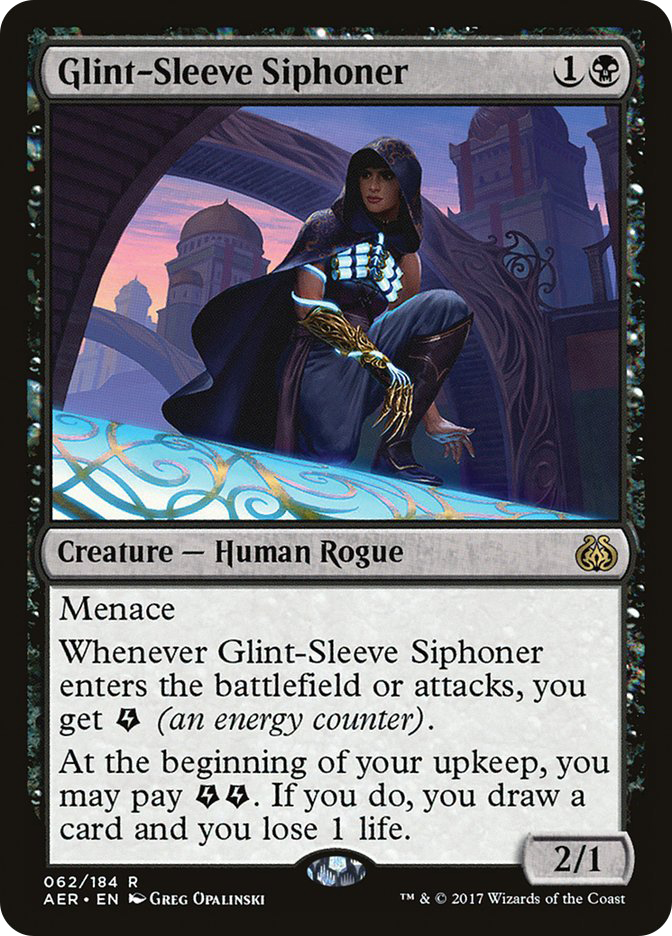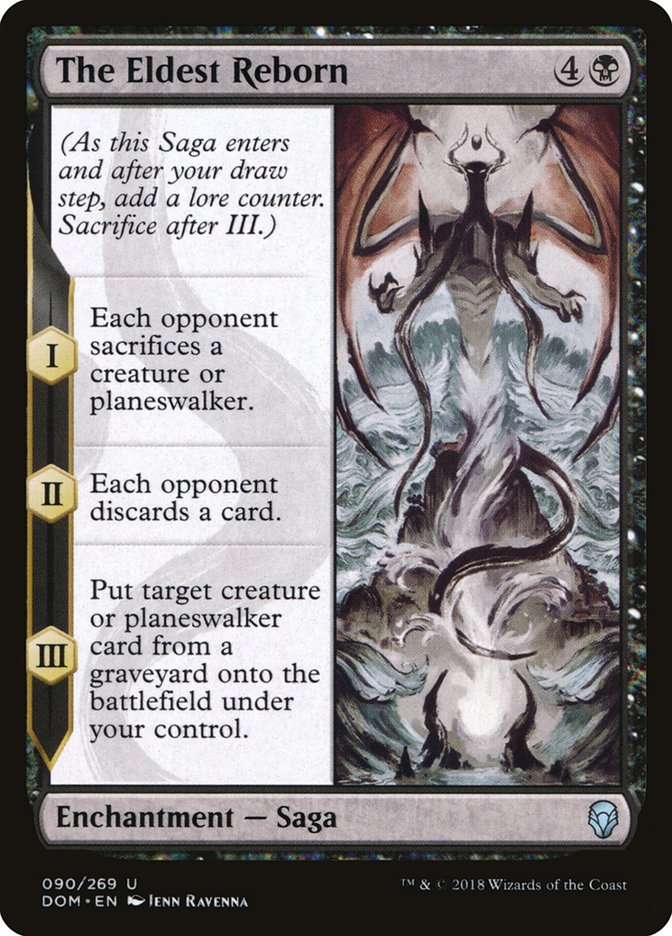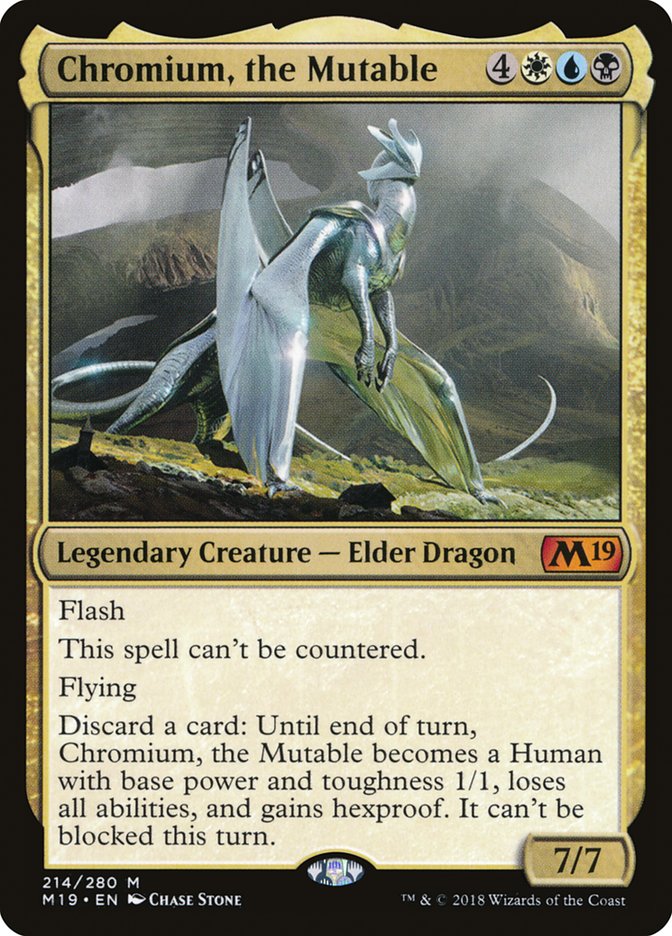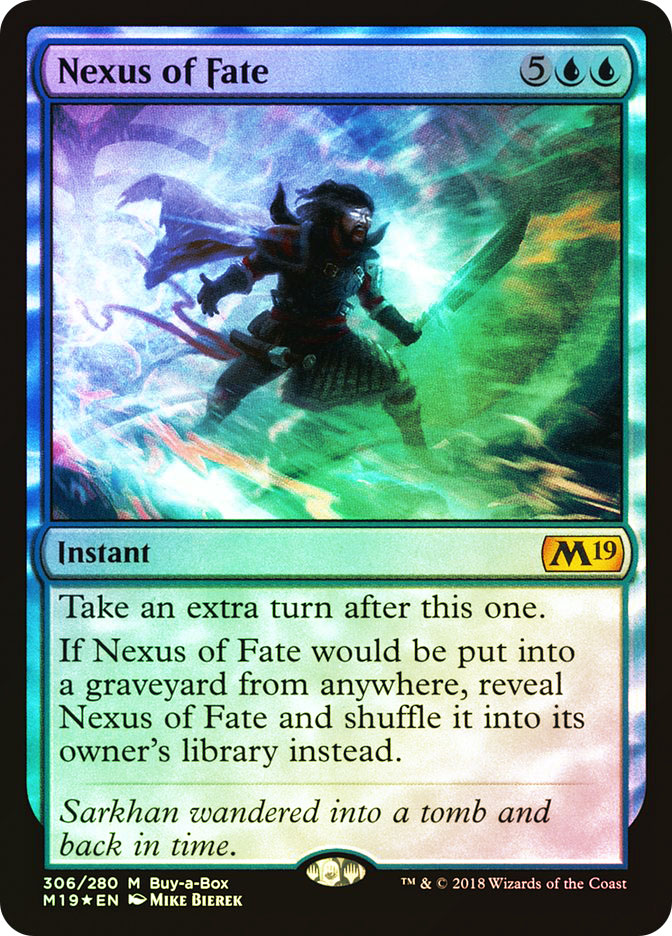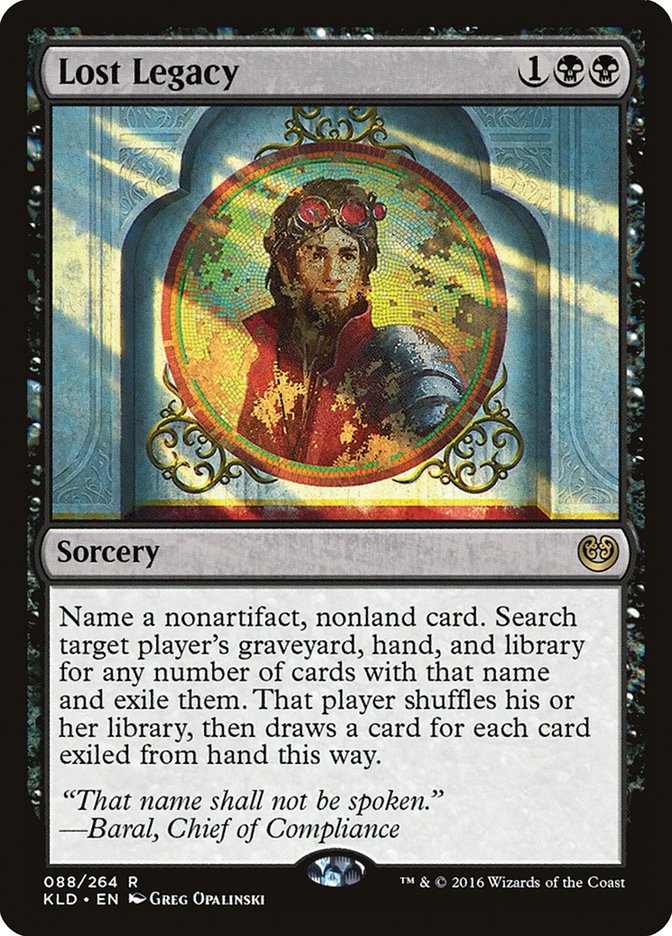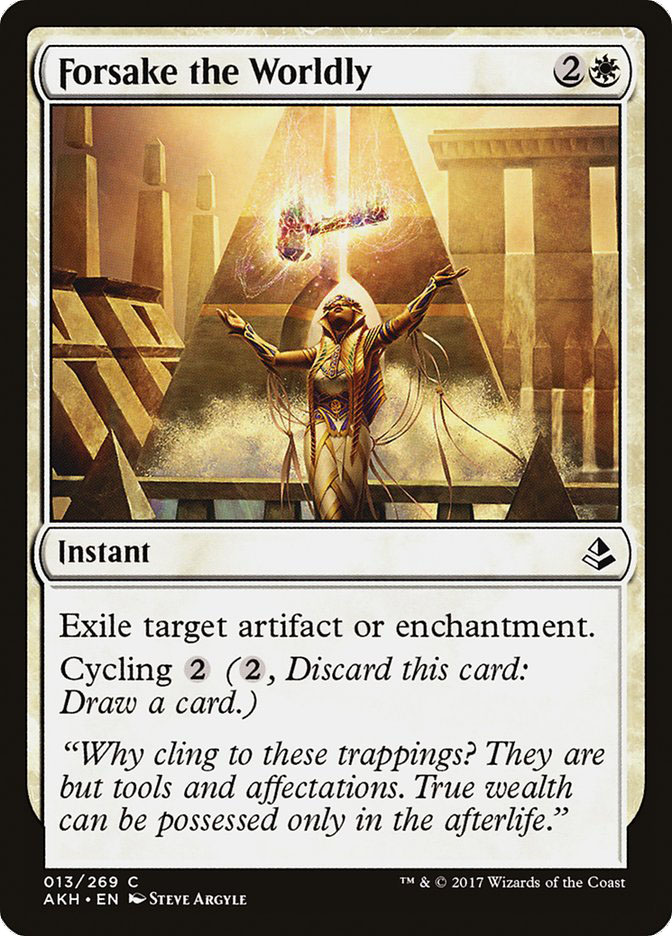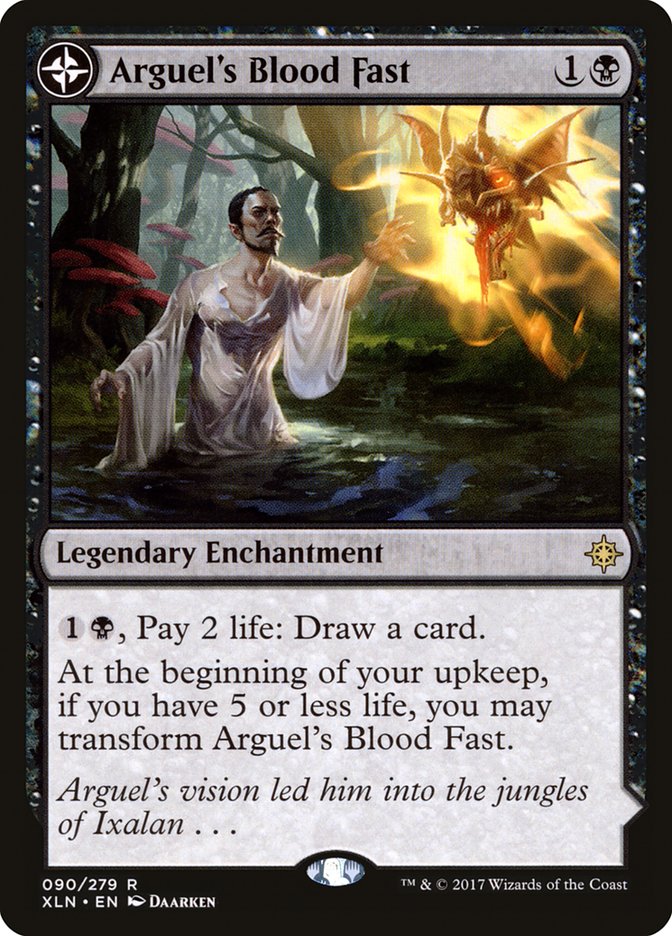There isn’t much better in the world of competitive Magic than a team
tournament. We’re living in great times, where both StarCityGames and
Wizards of the Coast are creating more team events than ever before. This
all culminated at Pro Tour 25th Anniversary where my tournament experience
was riveting to say the least, and I immediately began planning for the
next team event where I can experience the ups and downs with my close
friends once again.
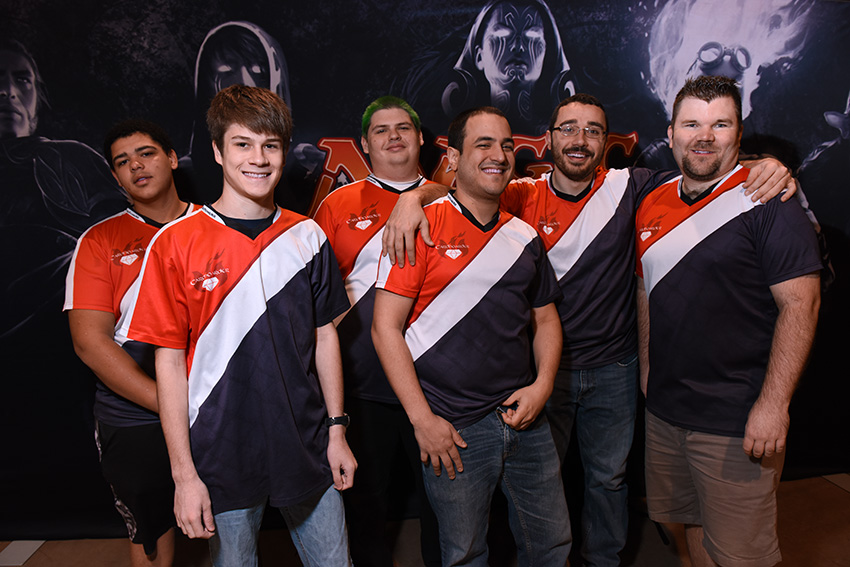
Pro Tour 25th Anniversary was my final tournament as captain of Team
CardHoarder, but we haven’t completely parted ways, as we’re currently
negotiating with a very generous additional sponsor while still being
supported by CardHoarder to some extent. This new team will include a few
members of the CardHoarder family, as well as some new faces that you’ll
will be excited to see. Team events have lit the fire in this old captain’s
heart, and it pushes me to build another movement from the ground up. Team
Grumpy Old Men, Team Lingering Souls, Team CardHoarder, and this upcoming
squad marks the impact that team Magic has had on many of us. Three of the
four teams were created from nearly scratch and the CardHoarder crew needed
a spark to get into professional Magic.
The negatives of teams and the team format are few, but one does sting a
bit. Before I created a team, I applied to many of the big-name teams that
exist today. After I was rejected by all the ones that I wanted to work
with, I decided to build my own instead. That decision started a wave in my
career that I have been quite fortunate to ride. The moral of this brief
story is that if you work hard at the game and maintain some level of
success with many of the teams not giving you a shot, find some like-minded
folks and start one up on your own! I think there’s room for way more
competitive teams to take to the SCG Tour and professional circuit to
ultimately make a name for themselves. Trust me, my friends, you all can do
it.
I wanted to give a bit of my team experience before unveiling the deck I
played in the Standard portion of the Pro Tour because teams mean that much
to me. I teamed with Noah Walker, Grixis Delver Champion, and Eli Kassis,
KCI apprentice turned master. Teaming with these folks locked me into the
Standard seat, which I have always been the most comfortable in anyway.
I’ve had some success outside of Standard, but Torrential Gearhulk is where
I call home these days. I tested Grixis Control for over a month, weaving
Nicol Bolas, the Ravager in and finding a great deal of success. I was
doing well against R/B Aggro, taking down green decks with ease, and I was
a slight dog to other blue decks. I utilized the power of red removal,
including Hour of Devastation, and really punished opponents that sought to
defeat me with creatures. Then the wave of control came in testing.
Making The Change To Esper
I began to get worked over by Esper Control and any deck with an opposing
Island. I wasn’t sure if blue was going to be a huge chunk of the Pro Tour
metagame with the rise of R/B Aggro online, but I couldn’t risk playing a
deck with such a huge disadvantage. I frantically told my teammates I
needed an out and then Noah asked Oliver Tiu for his Esper Control list.
Two days before the event, I completely ditched Grixis Control, took
Oliver’s list, and made a few changes to make it closer to my playstyle.
Without one game of testing, I took it into the event and finished with a
personal record of 8-6, where the team finished with a record of 9-5. Noah
played Grixis Death’s Shadow in Legacy and struggled the entire event, but
Eli crushed everyone with Ironworks as usual. He finished with only two
losses, making me feel guilty about my lack of testing. This is another
minor feel bad attached to team events; letting down your comrades can
hurt. We were in prime position for a top 4, 8-2 with four rounds left, Eli
took down his opponents while Noah and I looked at each other with a bit of
sadness, as we scooped our cards three out of four times in defeat. 22nd
place is nothing to shake a stick at, but we had way bigger expectations.
Once I got to the airport, I immediately hit the tank, made some crucial
sideboard changes, and have been back to winning online. I want to share
with you all the refined Esper Control list that I believe will help you
tackle anything your metagame will throw at you.
Creatures (4)
Planeswalkers (3)
Lands (27)
Spells (26)

Outside of adding a third Glacial Fortress over a Field of Ruin and two
Censor over two Essence Scatter, the maindeck is the same as what I ran at
the Pro Tour. The manabase was something I initially questioned, and I
changed it significantly before the tournament, but was punished for still
holding on to the one copy of Field of Ruin. Search for Azcanta is tough to
beat, but Forsake the Worldly is a strong enough maindeck answer with very
little downside. I really missed all the cycling capability my control
decks of the past had in this event, losing over half of my rounds due to
severe mana issues. The colors never bit me, but the amount of land drawn
crushed my day two hopes on multiple occasions. The twenty-seven land mark
it usually good enough, but cards with cycling make hitting land drops even
more consistent.
Censor is a card that has fallen off some and needs to be put back in
decks. Maybe it was always too costly to run four copies, but it isn’t an
all or nothing decision. Censor has been a four-of in my decks often, and I
was never giving it a chance to be in the deck at a lesser capacity. I
threw two in the maindeck and it has been running smooth as butter.
Essence Scatter is a card I get a little more flak about, due to my lack of
enthusiasm when the suggestions pour in to run four copies maindeck.
Essence Scatter is a very strong card that will always have a role, but
Censor has the versatility required for early game land drops. Both Censor
and Essence Scatter handle the early game workload, where Essence Scatter
can be stronger later but Censor provides such a low opportunity cost to
put in a potentially back breaking counterspell that may also serve as a
vital spell or land in other situations.
The maindeck was easy to fix, but the sideboard took a little extra love.
I’m over Glint-Sleeve Siphoner as the stock answer to control decks. The
plan is stale, it only works in the early game, and it only works at all if
your opponent sideboarded out all their removal. Sideboard slots must
devastate opponents at all points of the game in Standard, so I’ve made
room for cards that fit in that formula. What deck do we need to heavily
sideboard for? That’s an easy one.
Attacking The Metagame
Esper Control is already a house against R/B Aggro. Besides trouncing it
regularly online, I put up a 4-1 record against it at the Pro Tour. It may
not look great on paper, but the card quality of Esper overpowered R/B
Aggro more often than not. Torrential Gearhulk, Teferi, Hero of Dominaria,
and Vraska’s Contempt are all more powerful than R/B Aggro’s entire
decklist and when each card lines of perfectly to the threats that R/B
Aggro deploys, it’s almost criminal how smooth the matchup can go.
The mirror is also great because my sideboard is still chalked up with
powerful spells that make it difficult for the opponent to resolve
anything. The Eldest Reborn is such a nuclear threat that when it’s
resolved, the game almost ends immediately. Two of my wins at the Pro Tour
were against the mirror -Oliver Tiu (ironically enough) and Shahar Shenhar.
Shahar and I get confused all the time by players due to the similarity in
our names, but I had to show the greater player who runs the control
streets. I took down both games we played with superior sideboard plans
that revolved around The Eldest Reborn and Chromium, the Mutable.
Always play the trump cards when they’re in the format ladies and
gentlemen.
The tough matchups for Esper Control can be green decks when configured
correctly, using four copies of Vine Mare to make life difficult, and Bant
Nexus. Green decks were tough for me at the Pro Tour, but have been
corrected since. I didn’t have any true hate cards at the time, but
summoned the power of Settle the Wreckage to destroy my green opponents out
of left field. Twelve white sources may make it sound a bit greedy to
achieve double white, but it’s often a turn 5 or turn 6 play. Search for
Azcanta, cards with cycling, and Glimmer of Genius allow you to dig for the
necessary mana to cast a card that wins upon resolution. Opponents don’t
expect it and it ends up costing them the game when their army is wiped off
the battlefield.
Bant Nexus is a deck that makes control players cringe when paired against
it because it’s one of us, but it operates on an entirely different set of
rules than decks like it in the past. When opponents used to cast
seven-mana spells, the first offense just resulted in seven life via
Approach of the Second Sun. Unlike Approach of the Second Sun, Nexus of
Fate is not a spell that we can let resolve in most instances because it
threatens to take over the game all by itself, whereas Approach does not.
The design of Nexus of Fate is cool, shuffling back regardless of how it
entered the graveyard which makes traditional counterspells ineffective
when a Search for Azcanta has transformed or the opponent is down to a
small library. This doesn’t mean Negate isn’t great against the deck,
because it is, but more resources must be deployed to defeat this format
king.
The other cards in the sideboard have all joined in to help the cause. The
maindeck is still fragile due to all the dead removal spells, but the
copies of Censor have proven to be somewhat helpful. The issue with game 1
is we’re forced to play their game, setting up for the long haul when they
can do it so much better than we can. That’s the reason that the sideboard
plan turns the tables on our Bant Nexus foe. The four counterspells (3
Negate and 1 Jace’s Defeat) join the team of disruption to prevent early
nonsense, while the lategame receives better win conditions in Chromuim and
The Eldest Reborn. Of the two, The Eldest Reborn is the more impactful card
since it’s a two-for-one, but they’re both very effective.
One copy of Lost Legacy has been added to give my Esper Control family a
card to dig for, cast, and protect later in the game. This has proven to be
effective, but the second copy of The Eldest Reborn may be better for its
versatility. Taking down a giant Carnage Tyrant or a planeswalker and then
being able to reanimate it is about as good as it gets. Don’t forget you
also nab a card in the process, something that really matters in the
sideboard games.
The last two cards that help to push this matchup over the edge is a second
copy of Forsake the Worldly and the first copy of Arguel’s Blood Fast.
Having an additional answer to enchantments and my own card drawing engine
when my life total isn’t at risk makes things much more favorable for Team
Esper. Matchups where you’re extremely likely to lose game 1 are always
scary and even though this sideboard plan helps to even the playing field,
playing versus Bant Nexus will never be a cake walk.
Practice the matchup as much as you can because it doesn’t look like the
deck is going away anytime soon.


